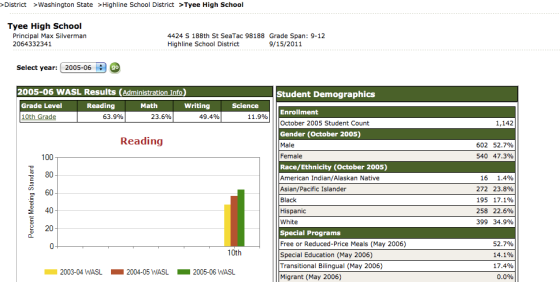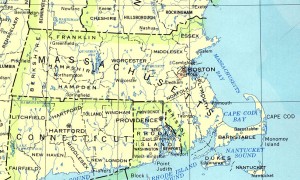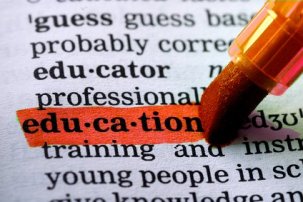 Dear Evin,
Dear Evin,
Thanks for the insight on Chinook. It’s just next-door, and I feel like our staffs know so little about each other. I look forward to learning more as this process goes on.
I wonder if our next step might be to address the question, What kind of education should our schools contribute to? Ignoring for a moment the constraints of budgets and politics, what do we think an ideal 7-12 education would consist of?
In thinking about these questions, I consider my own experiences. I remember a longing to belong and a need for adult support. I can still remember the clothes I wore the first day of ninth grade: a blue Nike shirt, khaki shorts, and green Nike shoes. I obsessed over whether I should wear my backpack with one or two straps.
Later in ninth grade, I really wanted to try out of the soccer team. I’d talked to the coach, and he’d told me to show up at 2:30 in the team room. When I arrived, I didn’t recognize anyone. The coach glanced at me and said nothing before giving instructions to the whole team, but he talked to them like they weren’t new. I felt out of place. I wasn’t sure if this was where I supposed to be. I walked back out the door and went home. The next day, a student told me that if you didn’t go the first day, you were off the team.
That experience – one of not belonging, of feeling out of place – stopped me from playing high school soccer my ninth-grade year (although I did tenth, eleventh, and twelfth). If I had known the coach, if he had simply smiled at me and asked me to come in, or if any of the other players had assured me that I was in the right place that day, my ninth-grade year might have been totally different.
And so with my experiences in mind, I’d like to present my ideal secondary education two ways: through the eyes of a student and briefly from the perspective of the community.
Before I start, though, I want to say that I think we need to first disavow ourselves of the notion that schooling and education are synonymous. An individual’s education consists of far more than the hours she spends in school. The six-and-a-half hours per day students currently spend in school make up less than 20% of total time in a school week and less than 14% of total time in a calendar year (considering the holidays and breaks). We all learn all the time. It’s a function of being human. Schools are merely one of many things that help students learn. So when I use the term “education,” I mean more than schooling.
Through the Eyes of a Student
So here I am, twelve-year-old James, about to embark on the second half of my public education experience. What do I want? What do I need?
1) Supportive adults and peers
The stresses of moving from elementary to middle school, and then again to high school, mean I’m going to be happy to find smiling, supportive faces at school and at home. I’m developing, and I’m going to make a lot of mistakes. I’m going to build habits that maximize comfort and minimize discomfort, even when those habits are not in my own long-term best interest. This process is not going to be easy, and I’m going to try to avoid pain wherever possible. Sometimes that might mean not working hard in school. Sometimes it might mean sitting by myself at lunch. Sometimes it might mean Facebooking until four in the morning on a Tuesday night. And sometimes it might mean locking myself in my room with my headphones on full blast.
I might often feel like nobody understands me, or that I’m alone in dealing with things. Nothing will help me cope with these challenges like having a community of understanding and caring adults who communicate with one another. Even better, accepting peers. Odds are I’m not going to open up to adults fully as an adolescent, but I will certainly share more with adults I know and trust than those I don’t. A team of adults who know and trust each other will come closest to correctly identifying my strengths and needs when they work collaboratively. For these reasons, it’s important that my parents work side-by-side with school personnel and other adults in the community who I see regularly, like my basketball coach or after-school tutor.
The adults who surround me, along with my peers, should serve as role models. I should be able to see some of myself in many of these role models. They should be of varying age and gender, and give me daily opportunities to consider the value of their behaviors and life choices as a model for how I might make my own. To this end, my peers and I should be taught how to support one another as both learners and humans, so that we might serve as role models to one another.
2) Preparation for the Future
As a adolescent, a major cause of anxiety I have is whether I’ll be able to make it on my own when my schooling is over. When my day is no longer directed and supported by adults, what will I do and how will I manage?
In order to help me decide what I’d like my future to hold, I’ll need opportunities to explore and develop my talents and passions – to find interests I didn’t know I had. The older I get, the more I will want opportunities to direct my own education – to choose experiences that interest me. At school, that might mean electives, differentiated classes, or a variety of after-school activities to choose from. Away from school, it might mean participating in theater, dance, sports, a job or internship. When I feel sad or depressed, I’ll need adults to encourage (sometimes strongly) me to stay active and engaged.
But preparing for the future is requires more than finding my passions. It also means being exposed to skills and knowledge I’ll need beyond high school. Among a great many other things, I’ll need to be financially and media literate, and have skills and knowledge in mathematics, sciences, and the liberal arts. I’ll need to have knowledge of the world outside my community and an appreciation for how it works. I’ll need to know how to stay healthy. I’ll need to know how to work with people, especially people I don’t get along with. I’ll need to be disciplined and possess habits of mind and action that predispose me to success. As an adolescent, there’s a good chance I will neither be aware of many of these things nor see the value in them. Therefore, I will need impassioned adults who know how to develop these skills and this knowledge in students.
3) To Be Part of Something
As a student, I am more than just a human in training. I have feelings and desires. I wonder about things, and I act. And as a human, I have a need to participate. I want to be a part of something, and I may not go about that initially in the healthiest of ways. I may find myself hanging out with the wrong crowd or doing something purely to gain social acceptance, even when it disagrees with my values. I need guidance and structured opportunities for thinking and wondering about these things, both to help me define my moral compass and to determine what actions it requires.
There are myriad ways we can be a part of something that is ultimately harmful to ourselves and others. An effective education should help me think about how that happens and ways to avoid it. This sort of education gets at the core of who we are as humans, why we act the way we do, and how other people affect us. It should show me that an instinct for revenge or intolerance often works against me. Importantly, this education should provide me with opportunities for positive civic engagement and reflection in all the communities I inhabit: home, school, virtual, city, country, and world. It should make me wonder when I should sacrifice my own wants and needs for a group and why.
The Community Perspective
1) Education must better the community
Communities with well-educated members are more likely to be healthy, physically and economically. They’re more likely to look like places you’d want to live.
But what exactly counts as being well-educated? From the perspective of the community, it is particularly important that students learn to take ownership of their surroundings, and as a result, act to improve them. Communities need schools that work in tandem with local organizations and businesses to provide the best possible living environment for their inhabitants. For thousands of years, humans effectively learned to do and be in a community through an apprenticeship model. There is no reason that can’t still be part of our young people’s education.
Communities need citizens who are disciplined, who are occasionally willing to give up selfish interests in the short-term for group interests in the long-term, and who align their personal pursuits with the interests of the community. Students should be taught the merits of this through lots of community involvement. And importantly, the community needs students who are taught skills that help them do effective work, whether that work is for a company, a non-profit, or themselves.
The community needs its citizens to understand public schooling as a public good intended to benefit the community as much as it benefits the individual student or family.
Lastly, the community needs schools and students who recognize and participate in the creation and maintenance of community norms. In order to do this, students must know the history of the community, its members, and its values. They must learn to test that history and those values against their own, and how to seek reconciliation of those values when they differ. In other words, the community needs students who know how to do democracy.
Wrapping Up
Okay. I realize this was probably a little long. I hope you managed to read most of it.
What do you think? Did I leave anything out? Did I include anything you disagree with? What other perspectives are important to consider?
I look forward to comments, and to your response, Evin.
Sincerely,
James




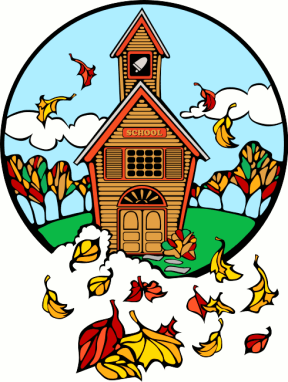
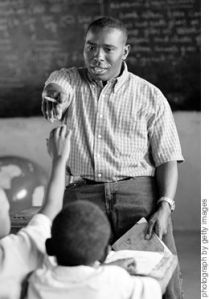

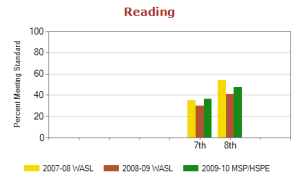
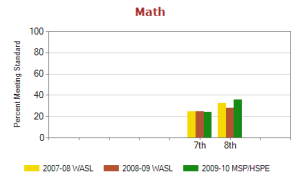
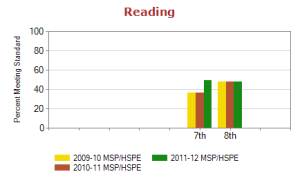
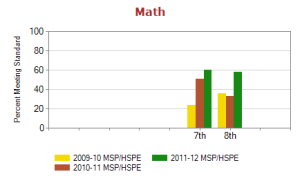
 Maybe we can save the debate over the merits of Core Knowledge or Balanced Literacy for a little later on. What I’m more interested in kicking our blog off with is some discussion about where we’re at – what’s going on at ACE and Chinook.
Maybe we can save the debate over the merits of Core Knowledge or Balanced Literacy for a little later on. What I’m more interested in kicking our blog off with is some discussion about where we’re at – what’s going on at ACE and Chinook.